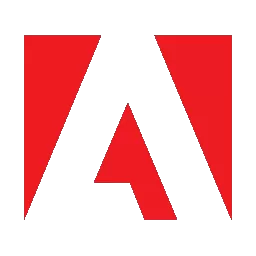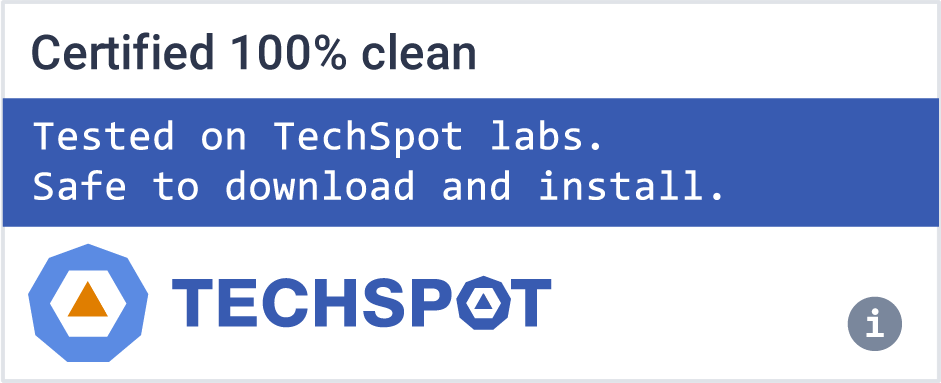Adobe AIR SDK is used to develop cross-platform applications for desktop and mobile environments. It enables developers to build apps using ActionScript and Adobe Flash technologies that run on Windows, macOS, Android, and iOS.
Is Adobe AIR still being maintained or supported?
Yes, Adobe AIR is currently maintained by HARMAN, a subsidiary of Samsung, which took over its development and support from Adobe. They continue to provide updates and support for enterprise and individual developers.
Can you publish Adobe AIR apps to the App Store or Google Play?
Yes, you can publish AIR apps to both the Apple App Store and Google Play Store. However, it's important to keep your SDK and device profiles up to date, as Apple and Google frequently update their submission requirements.
What are the alternatives to Adobe AIR SDK for cross-platform development?
Common alternatives include Unity, Flutter, React Native, and Xamarin. Developers often choose these based on their familiarity with programming languages, performance needs, or specific platform features.
How do I integrate native code or extensions in Adobe AIR?
You can use ANEs (Adobe Native Extensions) to integrate native functionality into your AIR apps. These extensions allow you to access platform-specific features not available through the standard AIR APIs.
What's New
Using Adobe AIR SDK you will be provided with the tools necessary to build and deploy AIR applications, including:
- Template and schema for the application.xml manifest file
- Default icons for Adobe AIR application
- Framework for Adobe AIR APIs
- Template for Adobe AIR application install badge
- Command line Adobe AIR Debug Launcher (ADL)
- Command-line Adobe AIR Developer Tool (ADT)
New Features:
- Android Captive Runtime Support
- Android developers will now use the captive runtime exclusively when packaging their applications.
- Preventing backup of Shared Objects (iOS)
- To comply with Apple updated guidelines, only user data can be backed up on iCloud. Any files that can be downloaded or generated should not be backed up and it should be marked as "DoNotBackup". This feature allows developers to control which files should be backed up or excluded using the "DoNotBackup" attribute.
- Forcing CPU Rendermode on some devices (iOS)
- This feature allows developers to control the render mode on different iOS devices. Using this feature developers can turn on CPU rendering for specific iOS devices, and utilize GPU rendering for others.
- Loading External SWFs (iOS)
- This feature allows developer to externally host SWFs and load them as needed. External SWFs could contain game assets, different game levels, etc. Benefits of this feature are faster initialization time, smaller apps, and more control over your game or app.
- GameInput API (Android)
- This feature allows applications to communicate with attached game input devices (joysticks, gamepads, wands, etc). There is a wide range of game input devices, which have different capabilities and controls. This API is supported on devices running Android OS version 4.1 and higher. It is implemented such that it might function well with different (and possibly unknown) types of game input devices.
Notable Fixes and Enhancements:
- 3520768 - [Android] No pop-up appears for accepting the invalid security certificate on 4.1.2
- 3499443 - [iOS] Java OutOfMemoryError when packaging IPA with swf compiled using FlasCC
- 3514198 - [Mac] Error code 3343 thrown when playing encrypted content
- 3504874 - [Android] Android xhdpi icons (96x96) are not supported

